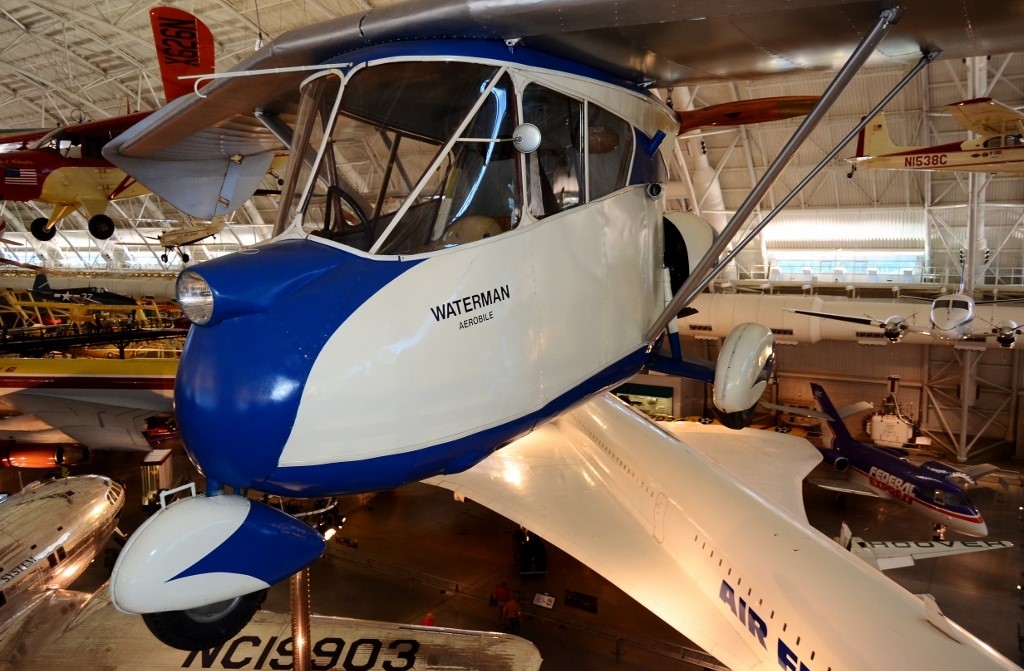The early development of the AeroBile, a groundbreaking flying car concept from 1934 designed by Waldo Waterman. Unlike other aircraft of the era, the AeroBile featured an all-wing design without a tail. Waterman integrated the functions of a tail and rudders into the wings, utilizing elevons. Though the AeroBile won a government design contest, only five were ever constructed due to the limited demand caused by the Great Depression.

The AeroBile is an innovative flying car concept designed by aviation pioneer Waldo Waterman in 1934. The AeroBile stood out from other aircraft designs as it was an all-wing airplane without a tail. Waterman combined the functions of a tail and rudders into the wings, creating elevons. However, despite winning a government aircraft design contest, only five AeroBiles were ever built due to the lack of demand during the Great Depression.




